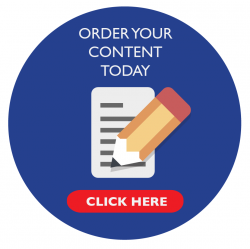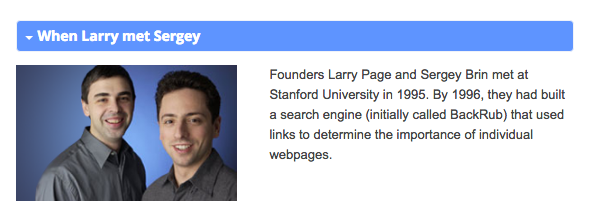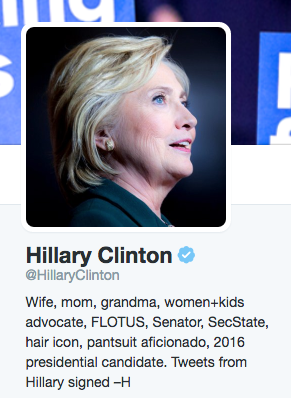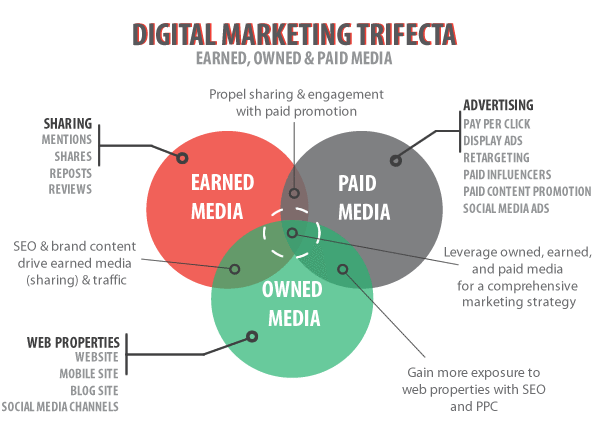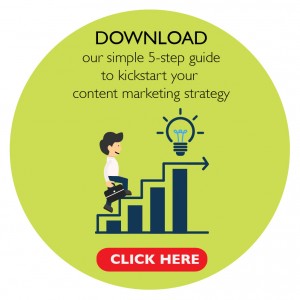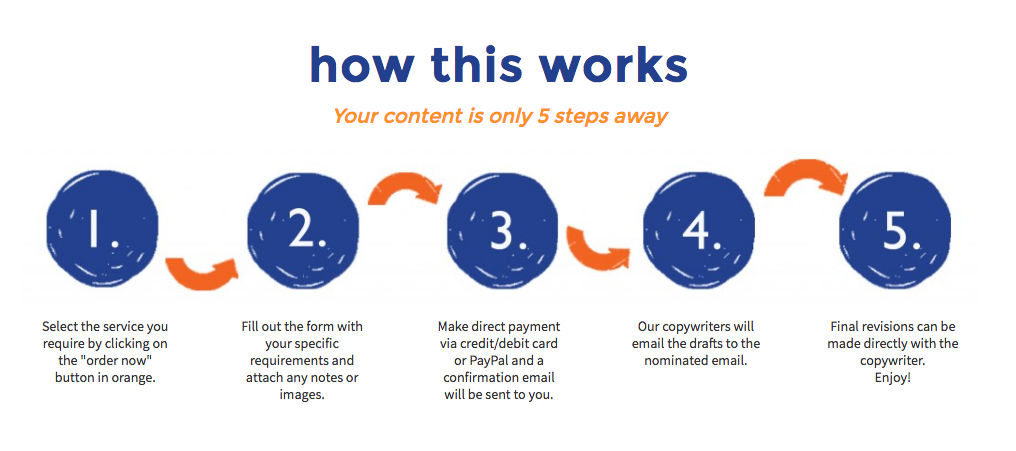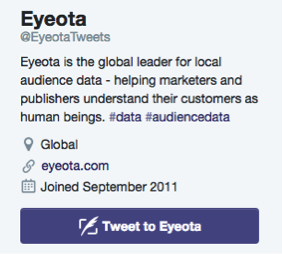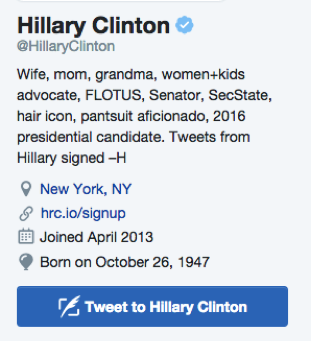Making tech sound complicated is easy. Just whir adjectives, buzzwords, and punctuation into a blender and you have the first boilerplate for many startups. But making unsexy topics sound fun is totally do-able, it’s just a matter of finding a creative angle.
Almost all industries require content because words travel fast. So, to effectively create articles that are more fun and engaging, try these simple tips:
Warm up with your intro
The beginning of the article has the most room for weirdness. Feel free to start off with a joke, or a topic everybody can relate to. For example, if you’re writing about your newest cloud platform, talk about the issue that it’s solving rather than getting deep into the features right away. Or pick a hot news topic to spin off of. I.e. “While we can’t take #brexit back, at least we’ll be able to…” Riding a news hook for your blog is great for SEO and will lure the reader in right away.
Quote more interesting people
As a content writer you’re not going to be an expert at everything, so get the opinion of someone who does. A quote from an expert (especially a funny one) can really bring a piece of writing to life. If you don’t have anyone specific, quote someone who has an excellent view point on the subject.
Check your tone
Don’t be too formal. Geek speak will soak up the fun like a mouthful of Scottish Shortbread without a glass of milk in sight. Sarcasm, humour and wit can be carried across any topic. Be upbeat so it’ll be easier for your audience to read it. Happy readers means more shares.
Be concise
A super wordy post will cast your reader’s eyes from your blog to instagram memes in 30 seconds or less. If there is a word that can be taken out, remove it, if there is one word that can replace three, replace it. The fewer words the better.
Here’s a tip: Show don’t tell. Instead of saying something is ‘smart, innovative, state of the art, revolutionary’, explain how it works, why it’s different, and lead the reader to come up with his own adjectives.
Pick a picture outside of the box
Alright alright, the ol’ ‘hands on the keyboard’ photo is always a great default for online blog topics, but take your stock photo game one step further. The image should illustrate the article you write, but not imitate it. Use metaphors with your imagery and people will be able to channel more than just what meets the eye. For example, you’re writing about how a certain app can connect us all, a picture of laughing people in a crowd, skyscrapers, globes, or even traffic can still elicit the feeling of ‘ connection’. Making the reader work just a little bit will help them remember your article.
And there you have it! Making content go a little cray just takes some imagination, creativity, and thinking outside the box. Need more advice on adding a little zing to your content? Write to us at [email protected].


